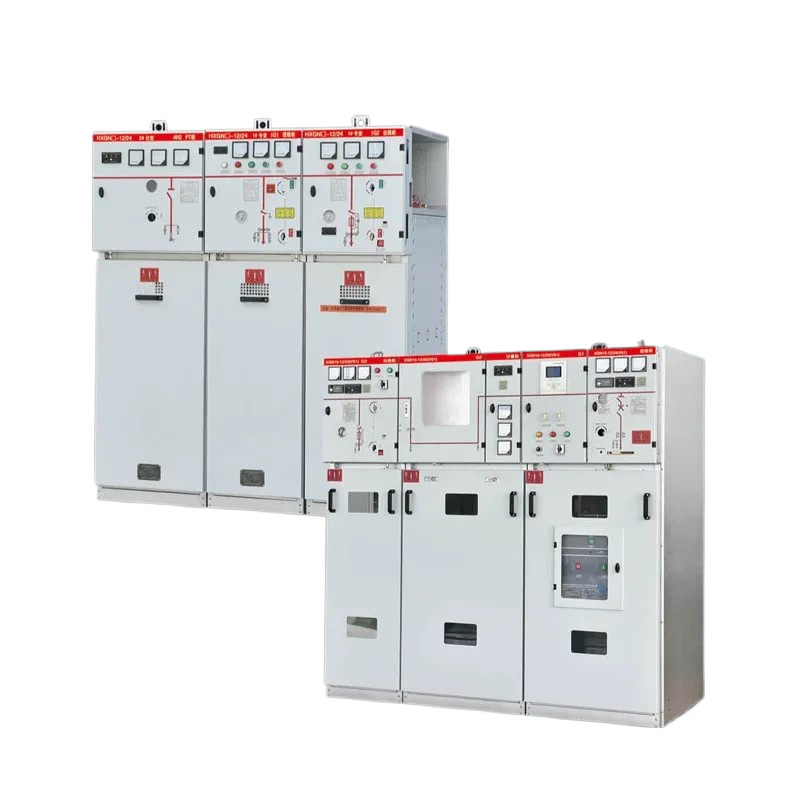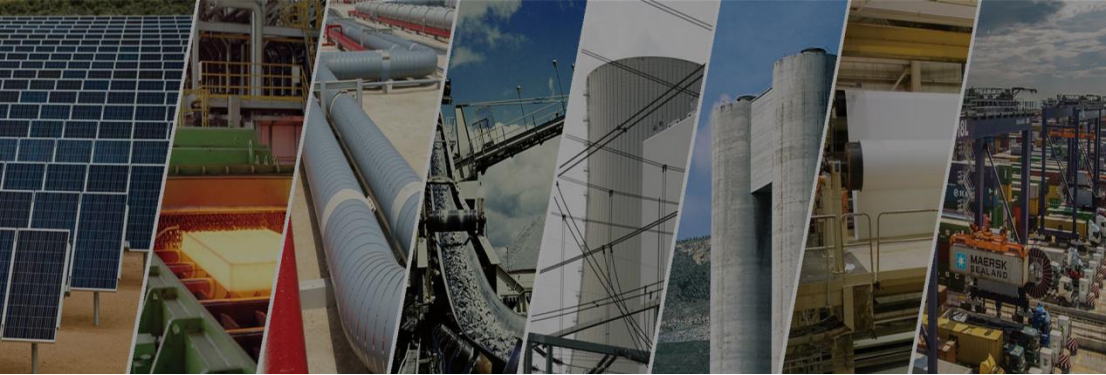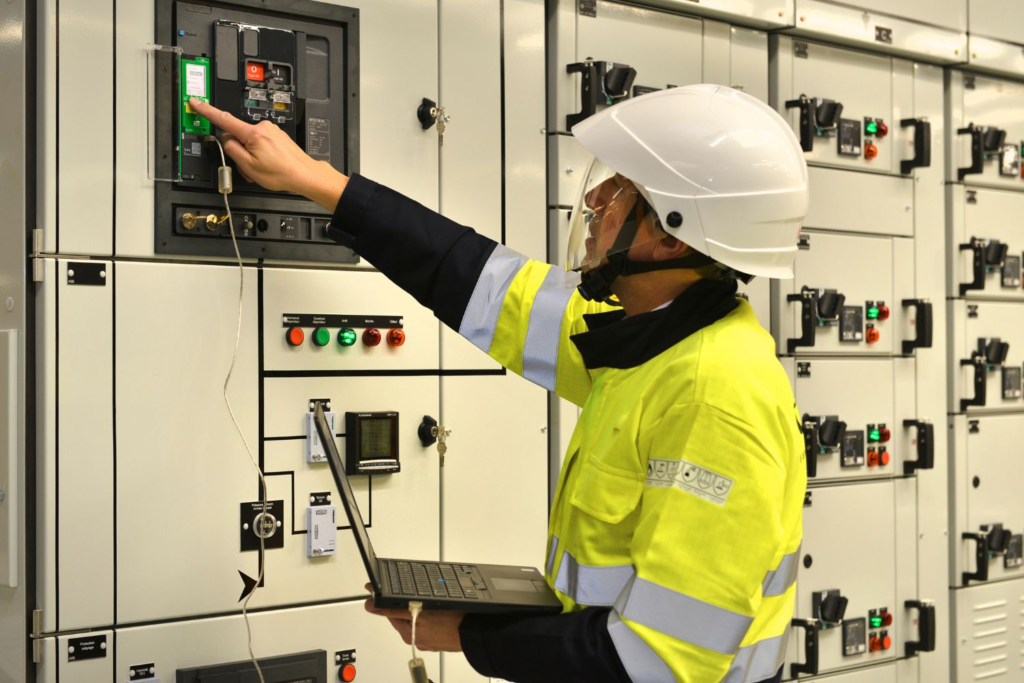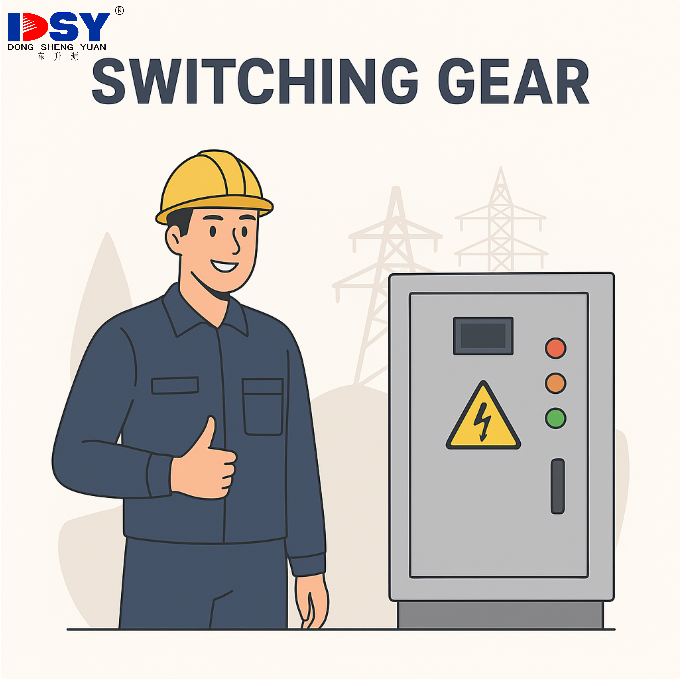1. HV vs. LV Switchgear: Understanding the Key Differences and Their Applications
Introduction:
Choosing between High Voltage (HV) and Low Voltage (LV) switchgear is critical for your power system’s safety, cost, and performance.
Pick the wrong one, and you risk equipment damage, unnecessary costs, or compliance issues.
This guide helps you quickly understand the key differences and select the right switchgear for your project—whether you run a factory, substation, or commercial building.

2. What is HV and LV Switchgear? Definition of HV Switchgear
High Voltage switchgear refers to electrical devices used to control, protect, and isolate circuits operating at high voltages (typically above 1 kV). It is designed to handle the transmission of power across long distances, ensuring safe and efficient operation of electrical grids.
Examples: Circuit breakers, disconnect switches, and fuses designed for high-voltage systems.
2.1 Definition of LV Switchgear
Low Voltage switchgear, on the other hand, is used to control and protect circuits operating at lower voltages (typically below 1 kV). It is commonly used in residential, commercial, and industrial applications.
Examples: Circuit breakers, switches, and protective devices for low-voltage systems.
2.2 Key Differences Between HV and LV Switchgear Voltage Range
HV Switchgear: Used for voltages above 1 kV, often up to 765 kV or higher, depending on the system.
LV Switchgear: Typically operates in the range of 110 V to 1 kV.
2.3 Design and Size
HV Switchgear: Larger in size and designed to withstand higher energy levels. It incorporates more complex components to handle high-voltage arcs and large currents.
LV Switchgear: More compact and simpler in design. It focuses on protecting lower-energy systems.
3 . Applications
HV Switchgear: Used in power transmission and distribution networks, substations, and large-scale industrial plants where high-voltage equipment is required.
LV Switchgear: Found in commercial buildings, residential homes, and small industrial units where low-voltage electrical systems operate.

4 . Cost and Maintenance
HV Switchgear: Generally more expensive due to the complexity of components and higher energy handling capabilities. Maintenance can also be more costly and requires specialized expertise.
LV Switchgear: More affordable and requires less complex maintenance, making it suitable for everyday use in smaller systems.
5 .Advantages of HV and LV Switchgear
5.1 Advantages of HV Switchgear
· Efficient power transmission over long distances.
· Enhanced safety features to handle high-voltage risks.
· Protection against power surges and electrical faults at high voltages.
5.2 Advantages of LV Switchgear
Example: A 220kV transmission line in the Middle East uses HV GIS to stabilize power output from remote wind farms.
6. Choosing Between HV and LV Switchgear
6.1 Factors to Consider
· Voltage Requirements: Choose based on the voltage range your system operates within.
· System Size and Application: Larger, high-demand systems require HV switchgear, while smaller, lower-demand systems are suited to LV switchgear.
· Cost and Maintenance: Consider long-term costs, installation ease, and required maintenance when choosing the right switchgear.
6.2 Comparison of HV and LV Switchgear
|
Feature |
HV Switchgear |
LV Switchgear |
|
Voltage Range |
Above 1 kV (up to 765 kV or higher) |
Below 1 kV |
|
Size |
Large, complex components |
Compact and simple design |
|
Applications |
Power transmission, substations, industrial plants |
Residential, commercial, small industrial |
|
Cost |
High, due to specialized components |
Affordable, suitable for small systems |
|
Maintenance |
Expensive and specialized |
Lower cost and easier maintenance |
|
Safety |
High safety standards required due to high-voltage risks |
Lower safety risks, but still critical for protection |
Purchase Tip: Don’t oversize. Using HV for a 400V workshop wastes budget and adds unnecessary complexity.
Purchase Tip: Small businesses should choose LV unless expansion to HV is truly planned.
7 .Conclusion
Make the Right Choice for Your Project
High-voltage and low-voltage switchgear meet different needs—but your project success depends on choosing the right one.
Use HV switchgear for critical infrastructure, large-scale transmission, and high-load industrial systems.
Choose LV switchgear for cost-effective protection in commercial buildings, workshops, and small industrial setups.
Understanding these differences helps you avoid costly mistakes, improve system reliability, and meet safety standards.
Are you looking to optimize your electrical infrastructure with the right switchgear? Whether you need HV or LV switchgear, our experts are here to help you choose the best solution for your application. Contact us today to discuss your requirements and get a customized quote for your switchgear needs.
Request a fast quote or technical consultation today.
We help industrial buyers and project teams source certified HV and LV switchgear—ensuring safety, compliance, and on-time delivery.





